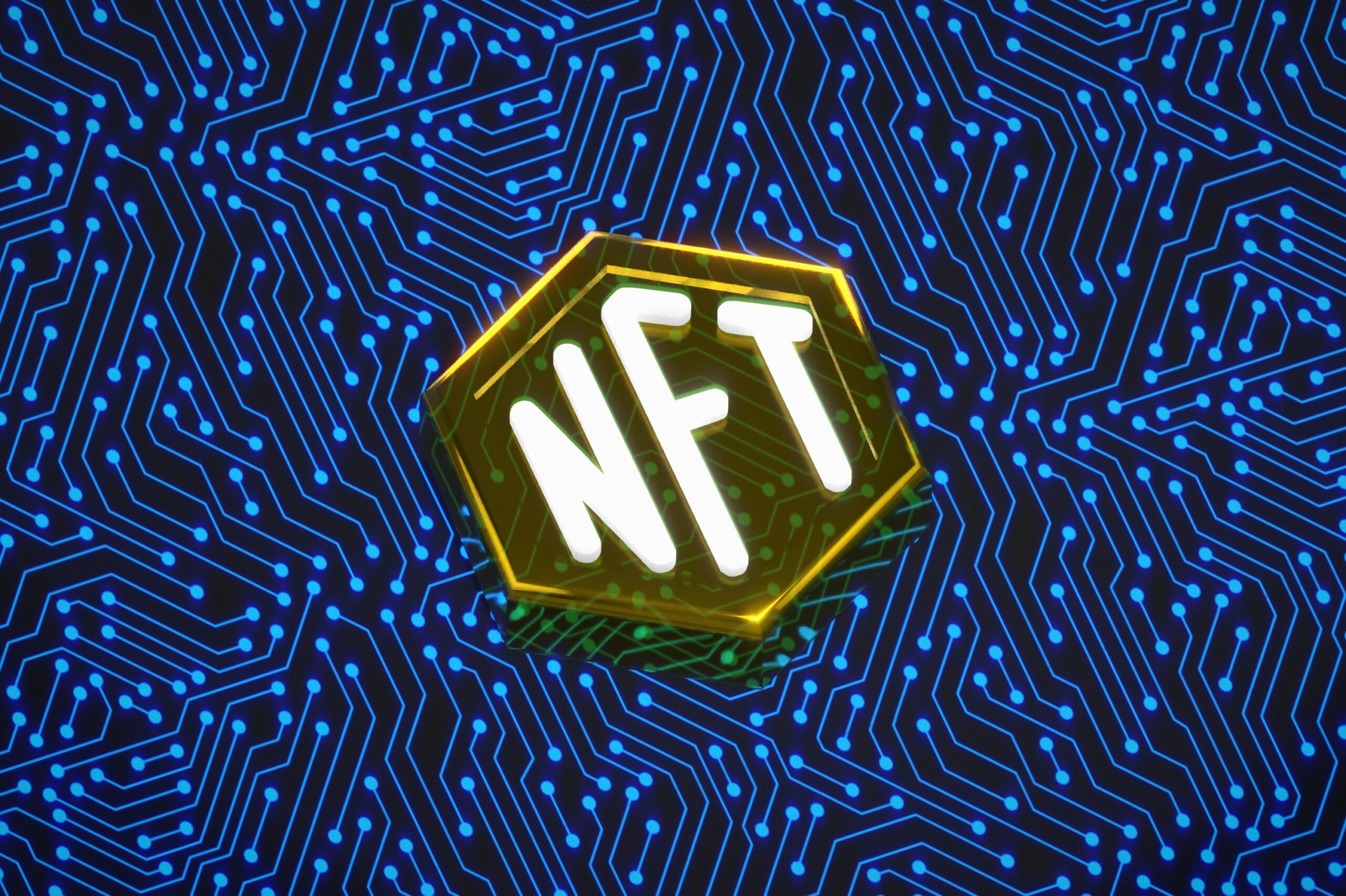How DCA strategy works?
DCA or Dollar Cost Averaging is a popular trading strategy that is specifically designed to reduce the impact of market volatility on investment. In the process, you divide your large investment into small chunks and invest each of them regularly at specific intervals. This averages out the cost of investment. If you purchase a large amount of crypto at once, the impact of price volatility can be large which can lead to losses if price drops significantly.
Suppose you want to invest $1000 in BTC. You would invest $100 weekly, and after 2.5 months you would have invested all amount. Current price of cryptocurrency is $66,369 so you wait until price drops to lower weekly point like $63,000.
| Week | BTC Price (USD) | Investment (USD) | BTC Purchased |
| 1 | $63,000 | $100 | 0.001587 |
| 2 | $62,000 | $100 | 0.001613 |
| 3 | $60,000 | $100 | 0.001667 |
| 4 | $58,000 | $100 | 0.001724 |
| 5 | $55,000 | $100 | 0.001818 |
| 6 | $58,500 | $100 | 0.001707 |
| 7 | $62,000 | $100 | 0.001613 |
| 8 | $65,000 | $100 | 0.001538 |
| 9 | $68,000 | $100 | 0.001471 |
| 10 | $70,000 | $100 | 0.001429 |
| Total | – | $1,000 | 0.016119 |
Now you have acquired 0.016119 BTC. Now, let’s say, BTC price rises to $72,000 from $70,000. The value of your investment would be:
0.016119 BTC x $72,000 = $1160
$1160 – $1000 = $160 profit
If you invested lump sum instead of DCA at price of $63,000, you would have acquired 0.01587 BTC. Value of your investment would be:
0.01587 x $72,000 = $1142
$1142 – $1000 = $142 profit.
This comparison shows that by using the DCA strategy and buying crypto at multiple low-price points, you could potentially acquire more BTC and achieve a higher profit than with a lump sum investment. However, if price does not decrease as expected, you might need to adjust your investment timing.
DCA vs Other Strategies
DCA is a long-term strategy mostly used to capitalize on downward trend and volatile situations. If price is consistently increasing in long-term without significant downturns, you cannot capture low-price points to acquire more of crypto. In that case, lump sum trading or other strategies can yield higher profits. Another popular strategy is grid trading which can be considered as short-term or long-term strategy depending on how it is implemented. Grid trading is also suitable for crypto assets when their price is consistently increasing in long-term.
DCA strategy can be particularly effective if price of an asset is fluctuating around a mean point. It mitigates the risk of buying all investment at peak price by spreading out your purchases over time. When price fluctuate around mean point, you end up buying more share of asset when price is low and fewer shares when price is high.
Mitigating impact of price volatility
By making multiple small investments over time, the average cost of asset holdings would be closer to mean price, reducing the risk of having bought at peak price. Rather than investing lump sum of $1000 at price of $63,000 for BTC, you can invest small amounts at low-price points. This approach can effectively increase your asset share and reduce the impact of short-term price volatility.
Creating a DCA plan
The DCA strategy provides a disciplined approach of trading and eliminates risk of emotion-based trading. While the DCA strategy involves breaking large investment into small parts, the timing of investments or size of investments can be adjusted based on changing market conditions. While a per-week or per-month investment schedule is common, many traders prefer a dynamic schedule. In this approach, investments may be paused for some time to wait for low-price points. Similarly, the size of investment would be reduced when price is above the mean price. The strategy is to capture as much crypto as you can at low prices. However, at high prices, you can choose to reduce the size of investment. This disciplined approach can lead to better returns.
While DCA strategy inherently involves regular investments, it allows flexibility in adjusting the investment amount and timing based on changing market conditions to optimize the acquisition of assets.
Executing and Monitoring the Strategy
Once you have created a DCA trading plan and selected a cryptocurrency, next step is to execute it. Choose crypto exchange with high liquidity, such as Binance or OKX, to facilitate your trades. If you proceed with manual trading platform, you may need to set calendar reminders to execute buy orders at your chosen interval. Use charting tools and indicators for identifying appropriate buying opportunities. Execute buy orders at price below the mean price to acquire more assets at lower cost.
Keep records of each purchase, date and time, asset amount and price. Use spreadsheet or other tools to monitor the performance of each investment. If $100 investment yields less BTC compared to previous condition, then it is not the ideal time for investment. For the maximum profit, investments must be made at lower price point, typically below mean fluctuating price. To calculate mean price, you can use various technical indicators like Simple Moving Average SMA or MA.
Dynamic DCA strategies involve adjusting investment timing or size based on market conditions and can be more complex. While traditional DCA which involves investing a fixed amount at regular intervals, can be suitable for beginners.
Alternative methods for DCA
Despite the profitability of DCA strategy, there are potential risks. If price of asset is in consistent downward trend, then profits cannot be obtained unless price recovers to a specific point. If price is in consistent upward trend, then strategies like grid trading are better. Additionally, it is also important to observe market conditions to identify the optimal time for starting DCA trading.
Many traders also use automated trading to execute DCA strategies. They use DCA bots for this purpose. These bots automate the investment process enabling a more disciplined approach to trading. Users can set parameters such as investment amount, investment frequency, target asset, start and end dates, buy limits and conditions. While most bots use market order type some bots also use limit orders enabling the execution of buy orders at specific limit price.


